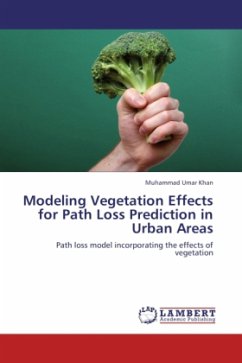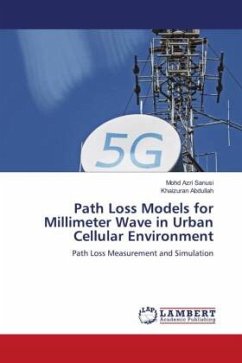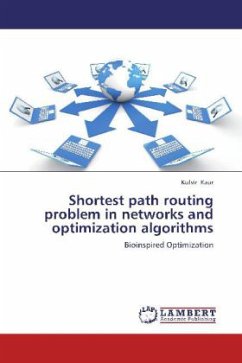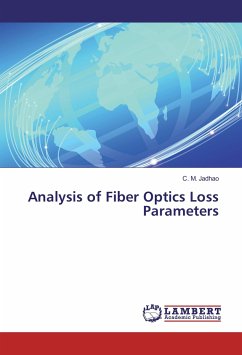In densely populated urban areas wireless communication is predominantly line-of-sight(LOS). To cater for high data rates, high frequency bands are likely to be used. At such frequency bandswhen skin depth of vegetation becomes small as compared to its actual thickness, effects of vegetation on radiowave propagation cannot be neglected.This report explores the effect of vegetation on signal attenuation. A statistical approach is used to model the effective attenuation caused by randomly scattered trees in the area. Theses effects are incorporated with other known effects to present a simple and efficient path loss model for urban microcells.








